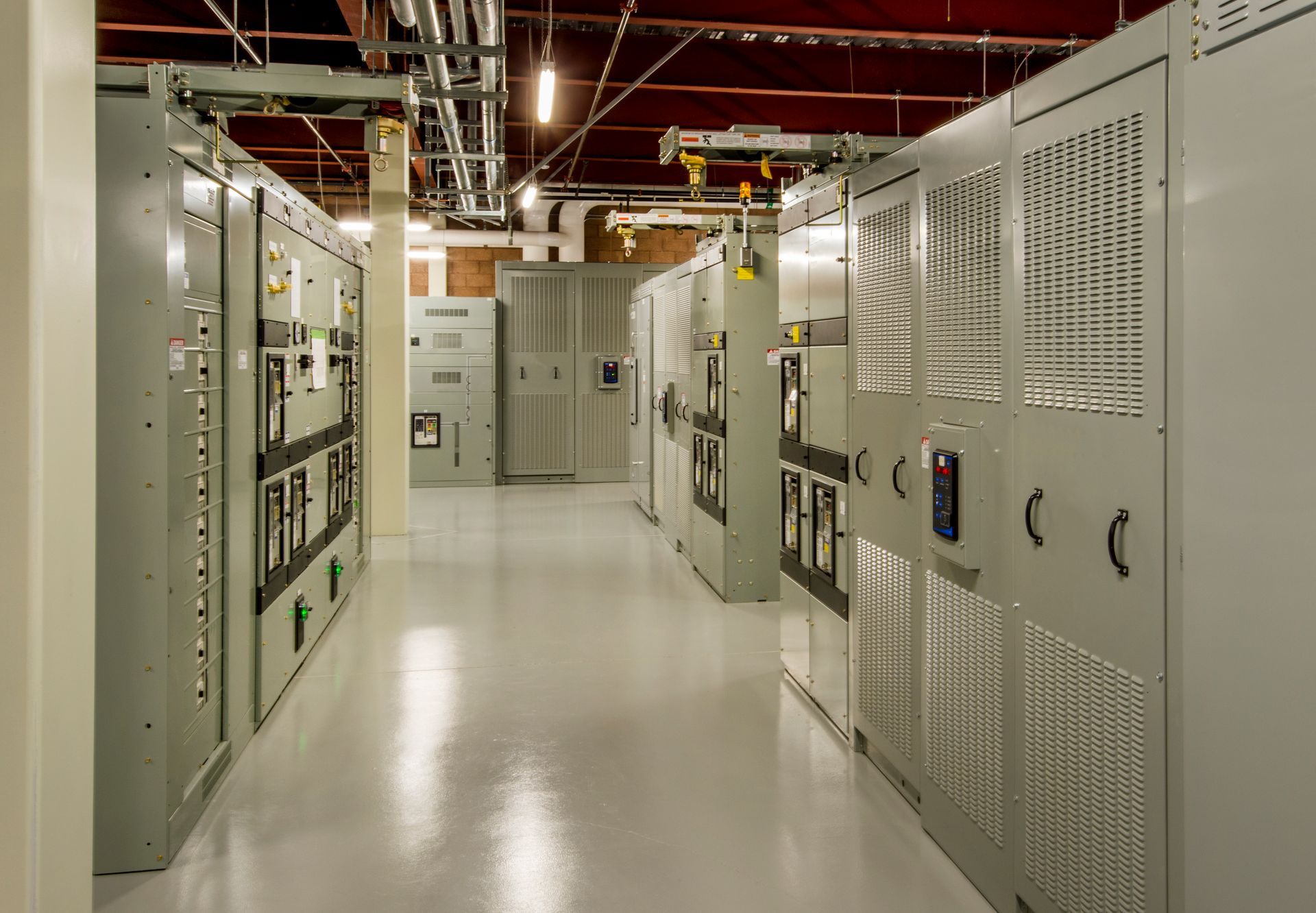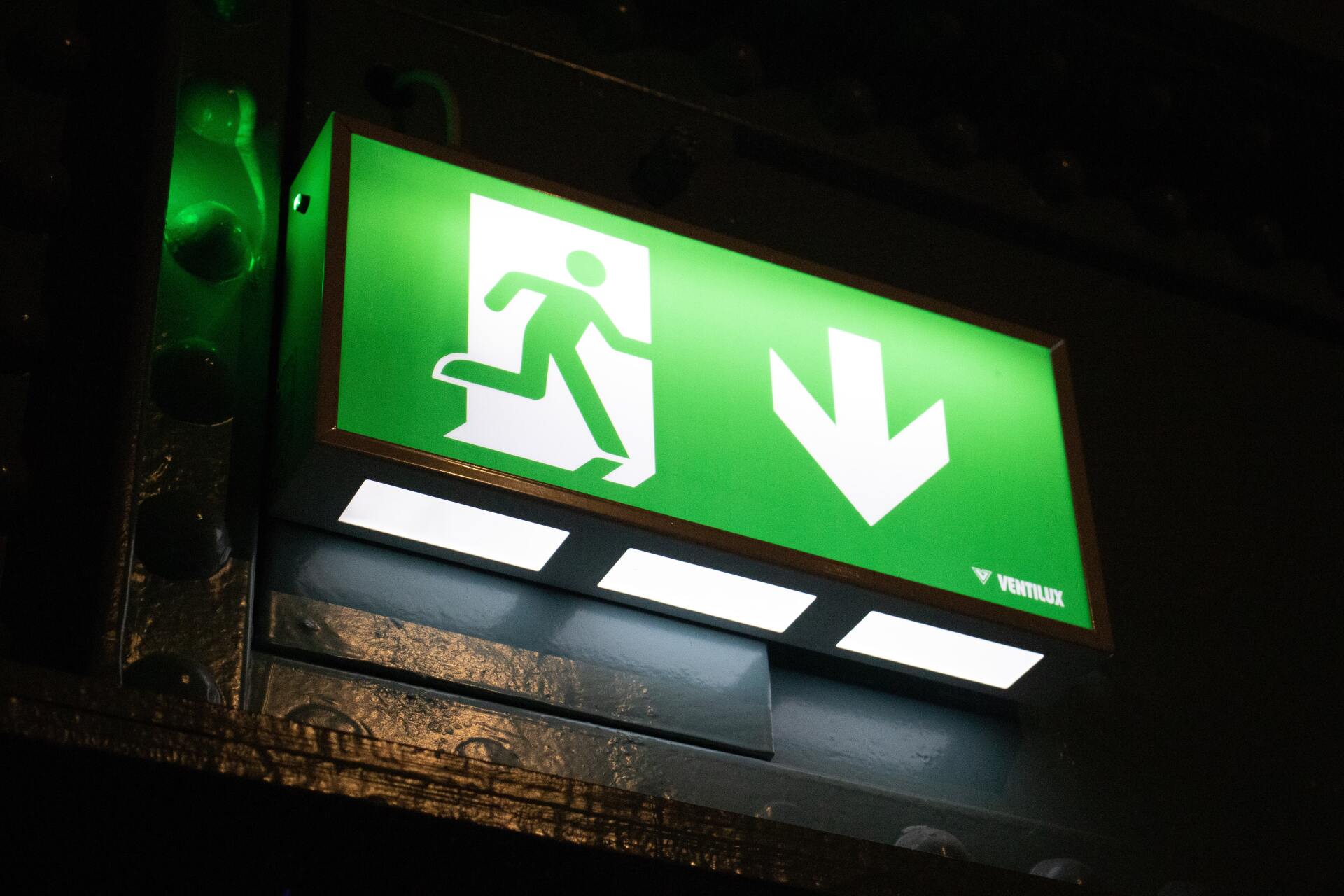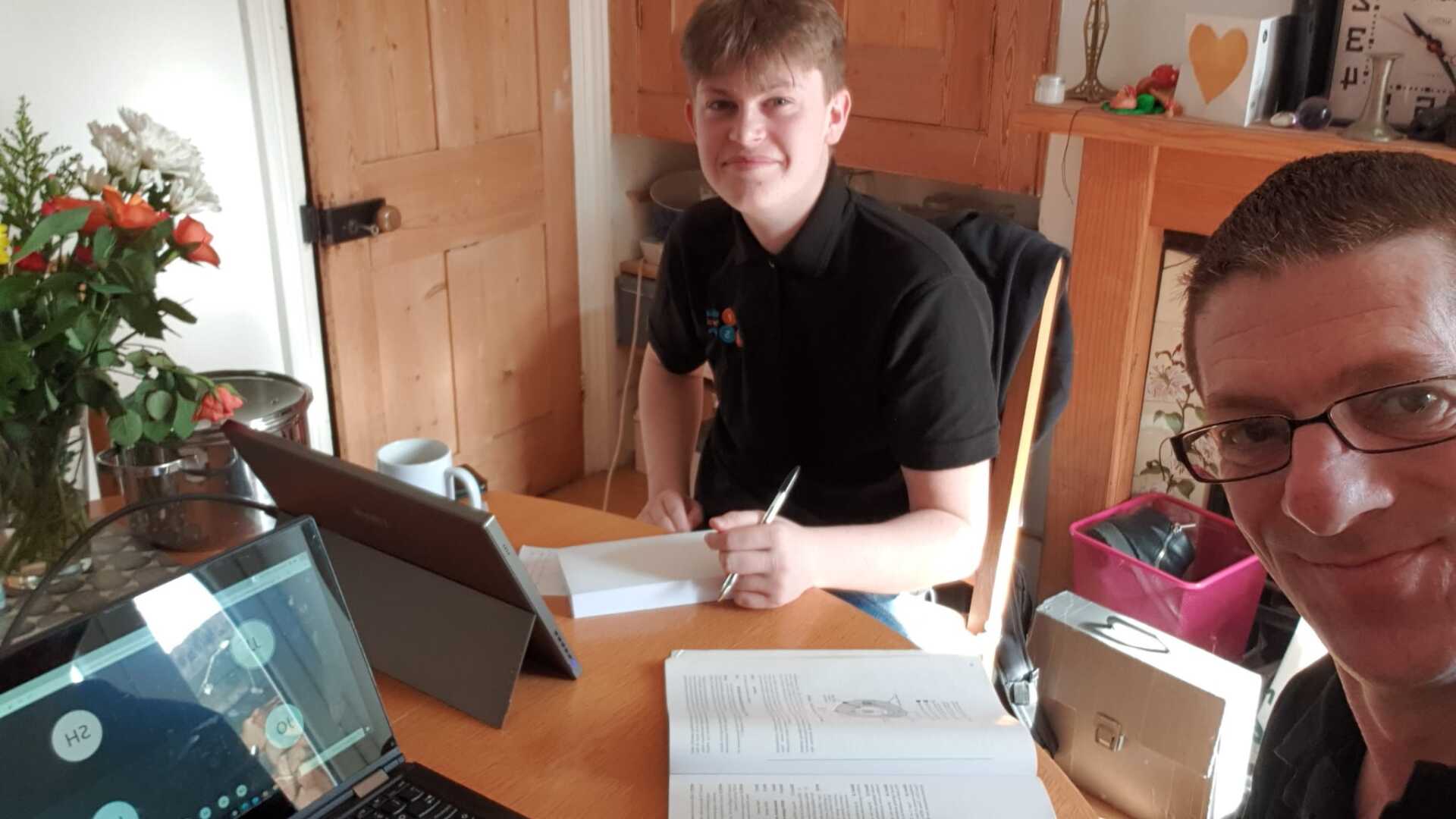Production Lighting EICRs
Why inspect electrical systems?
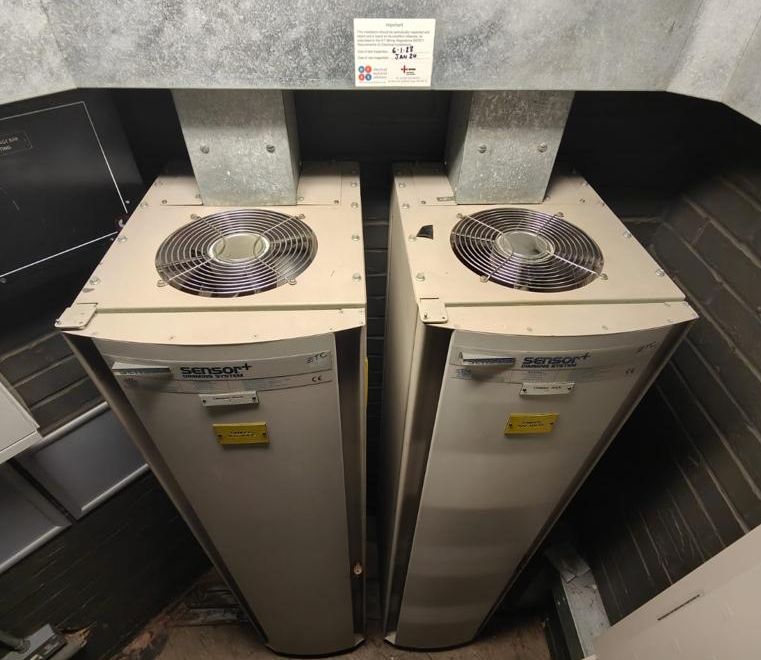
Most of us know that we should have electrical systems inspected, but many people don’t know why. The following explains why we do them on theatrical (often called “production”) lighting systems and what we’re looking for.
Any electrical system in a place of entertainment should be regularly inspected and tested.
Along with safety, this will be both to satisfy the requirements of the Electricity at Work Regulations and the insurer. In addition, it is very likely that the local authority will require regular inspections as a condition of their licence to operate.
What is an EICR?
The formal report outputted as a result of the electrical inspection and testing is the Electrical Installation Condition Report (EICR). Detailing the safety and overall condition of the electrical installations and fittings at the establishment, it will outline if the electrical installation is in satisfactory condition or if it needs immediate or planned maintenance. An EICR can be carried out on a full installation or a single circuit within that system. It is crucial for the client and contractor to have a clear understanding of what will be done. As an example, while unlikely, it would be perfectly reasonable for the agreed scope to define the EICR as an
inspection and test of the circuit that supplies a single 15A socket located upstage left. Usually, the scope will determine the areas the inspection will cover and the agreed sampling approach to be taken.
There will almost always be limitations in addition to the agreed scope of work. Some limitations will be agreed between the client and the contractor.
An agreed limitation may be where removing a socket to physically check the connections may cause significant damage to the surrounding plasterwork, which would be costly to correct. The client would be asked to agree that the physical inspection of terminals couldn’t be carried out due to the risk of damage to the décor.
Operational limitations are common. The scope may define that the socket, located upstage left, is the only thing to be inspected. However, if the inspector finds that a 1000 kg item of a set has been stored in front of the socket, they will not be able to carry out that part of their agreed operation.
Inspecting entertainment venues
It’s advised in Guidance Note 3, which accompanies the IET Wiring Regs, that places of entertainment are formally inspected and tested every three years. This is in addition to a thorough but less invasive check being performed annually. Therefore, the annual check must be documented.
Many venues opt to have a third of their system inspected every year. This means that degradation or faults have a better chance of being spotted early and can satisfy the requirement for the documented annual check (if this is included in the agreed scope).
Whether the system is a couple of Strand Act6 dimmer packs and an 18-way, homemade patch panel or 1056+ ways of ETC Sensor 3 with all the distribution, hot power, and associated control, the purpose of an inspection is the same - to ensure that it is fit for continued use in the manner it was designed and, most importantly, to ensure that it is safe.
EICR – inspecting production lighting systems
Step 1 – Show everything in operation
The first step is to ask the person responsible for the system to show everything in operation. This gives them a chance to mention things that may not be working correctly or other things they may have noticed (an occasional smell of burning fish is never a good sign!).
Step 2 – Walk the system
We always walk the system to get a feel for what is where and the general condition. For example, a system with bent trunking lids and bits of forgotten old lanterns dumped across the walkways may not have a particularly gentle team using it. If there are no circuit identification markings, we ask for a layout drawing. Ideally, all systems should have the original design information available. If this is provided, we will look at it to see if the designer has made any notes that future inspectors would need.
Step 3 – Consider the supply
The next step would be to consider the supply to the building, the main electrical connections, and earthing arrangements. This would include checking the bonds to the incoming services (gas, water, heating), which is why we often ask for access to the boiler room.
With the origin dealt with, we start to look at the parts of the system directly associated with the production lighting.
Step 4 – The distribution and circuits
First, we isolate and lock off the power to the systems and then, having proven that there is no power, we start looking in detail. There are checklists that we follow which include, but are not restricted to the following:
1. Carrying out physical inspections of assemblies to make sure they are mechanically sound.
2. Inspecting connections, ensuring they are tight enough and the cables have been correctly terminated.
3. Considering the cable sizes and the ratings of the breakers used. The general assembly of the system is looked at, and where possible, we consider the number of cables within the containment (trunking).
4. Looking for Surge Protection or other safety devices. In our view, surge was a sensible addition to the IET Wiring Regulations, especially when the value of some of the equipment is considered.
5. Testing with the power off to measure circuits agreed upon in advance. This allows us to check that sockets are correctly wired and that the cables are in good condition. If the circuits are part of a patch, we inspect the patch for wear and open the connectors in line with the agreed spec.
6. Opening and inspecting outlets, facility panels, and end boxes of internally wired bars while the power is off.
7. Examining devices, accessories and switches and ensuring that they function correctly.
8. Assessing the suitability of fire prevention, suppression and blocking measures.
9. Cleaning the dimming and distribution equipment, where possible. Dimmers that have fans often end up with a lot of dust and dirt within and so we like to, at the very least, vacuum the filters and the insides of the enclosures. Convection-cooled enclosures in the west end have a very noticeably black and slightly sticky grime within.
With all the inspections and tests that can be done with power off complete, we reassemble the equipment. When we open things up or unplug patch cables, we make careful notes of where things are so that they are returned exactly as we found them.
Live tests are performed with measured values checked against tables and manufacturer’s data. In addition, we test RCDs and other safety devices and make sure that the equipment is functioning correctly.
With the system operating again, we like the person responsible to check everything is functioning as expected. While we do all we can to ensure that mistakes don’t happen, a seasoned eye will be more likely to spot anything awry.
Step 5 – EICR outcomes – Satisfactory or Unsatisfactory
The outcome of an EICR will be “Satisfactory” or “Unsatisfactory”. This will depend upon what has been found and the severity. This is based on codes C1, C2, C3 and FI. Codes are given to everything the inspector observes that are not in line with the appropriate issue of the IET Wiring Regulations and the subsequent amendments.
- C1 coding indicates an immediate risk of shock or fire; as inspectors, we can never leave this. For example, if a consumer blank is missing, we may fit one (if we have a suitable one) or create a robust temporary barrier. If we find that cables are dangerously overloaded, we may be forced to lock off the affected part of the system and give the key to the person responsible. In either case, a written report will be provided.
- C2 coding can be viewed as something that could cause danger if another thing happens. For example, if an RCD doesn’t work, the circuit will still operate, but if there is an earth fault in a portable item of equipment, this could result in injury.
- C3 tends to be given to items that are not right but not necessarily electrically dangerous. An example is the lack of a sign indicating that there are wiring colours to two versions of the IET Wiring Regulations within an enclosure.
- FI is used when the inspector cannot state whether something is dangerous. This could be that they didn’t have access to a particular area of the system or that tests proved inconclusive. At this point, the inspector may state that they couldn’t say with certainty that there was no potential for a fault to be present. As a result, a Further Investigation of the matter is necessary.
A C1 that cannot be corrected on-site except by shutting off the power will always be “Unsatisfactory”. This is also true of any system where a C2 or an FI has been given.
If there are C3s given, it may be appropriate for the inspector to conclude a “Satisfactory” outcome. This will depend on the quantity of C3s and the inspector’s opinion. An example could be where technically, an installation put together in 1958 is still as it was on the day of completion. It may be acceptable according to the standards in place at the time. Still, it is unlikely to be given a satisfactory outcome due to many factors we are now aware of, use of rewireable fuses (in certain circumstances), lack of RCD protection, etc.).
EICR – recording and photographing
Ideally, all items noted in our inspections will have been carefully recorded, and for larger systems, wherever possible, at least one clear photograph will have been taken. This attention to detail helps the person responsible identify what may need correcting and removes doubt. It will also prove invaluable when fixing the issues as the person tasked will be able to see what, in the inspector’s view, was wrong.
Get in touch
Please do contact me if you have any queries about this piece. It is intended to be lightly informative at a user level, and so some things have been brushed over. However, if you feel I have missed an important point, please let me know.
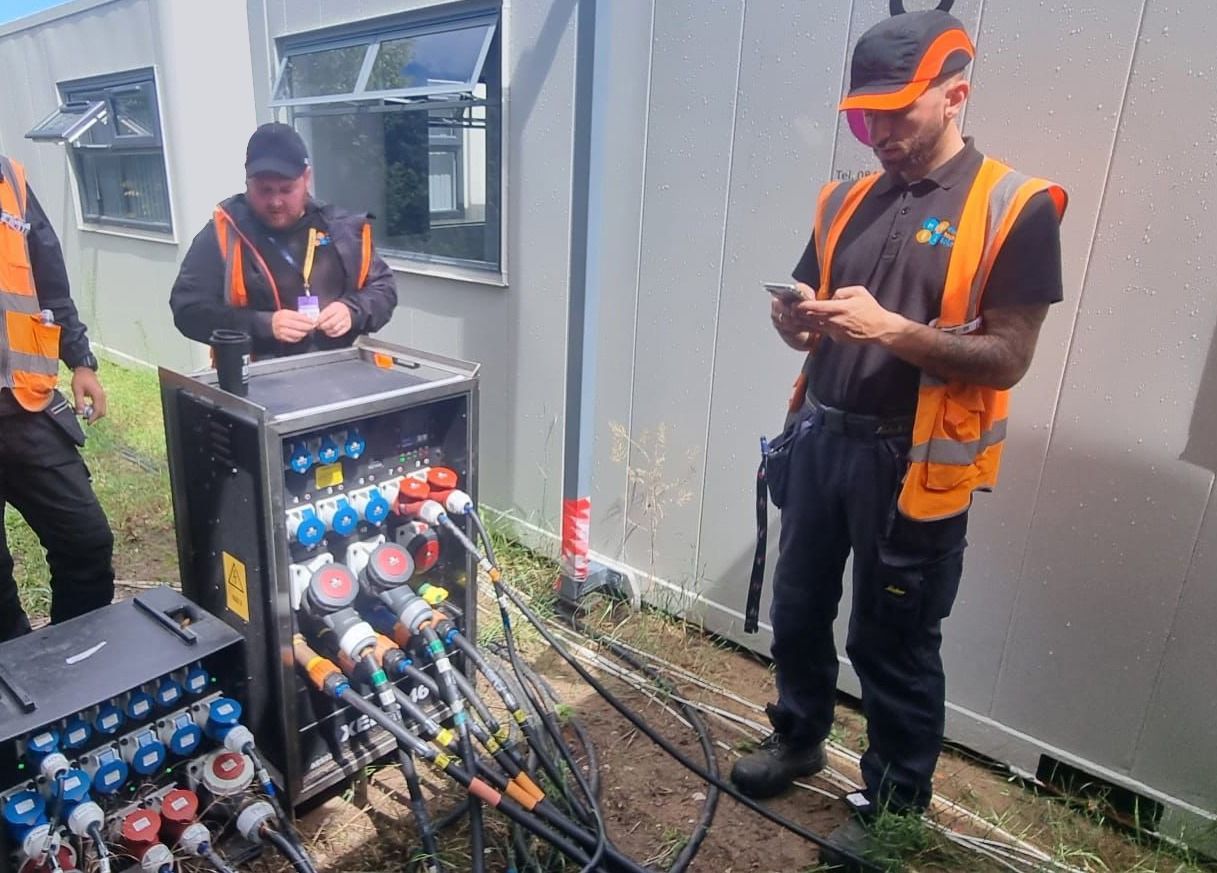
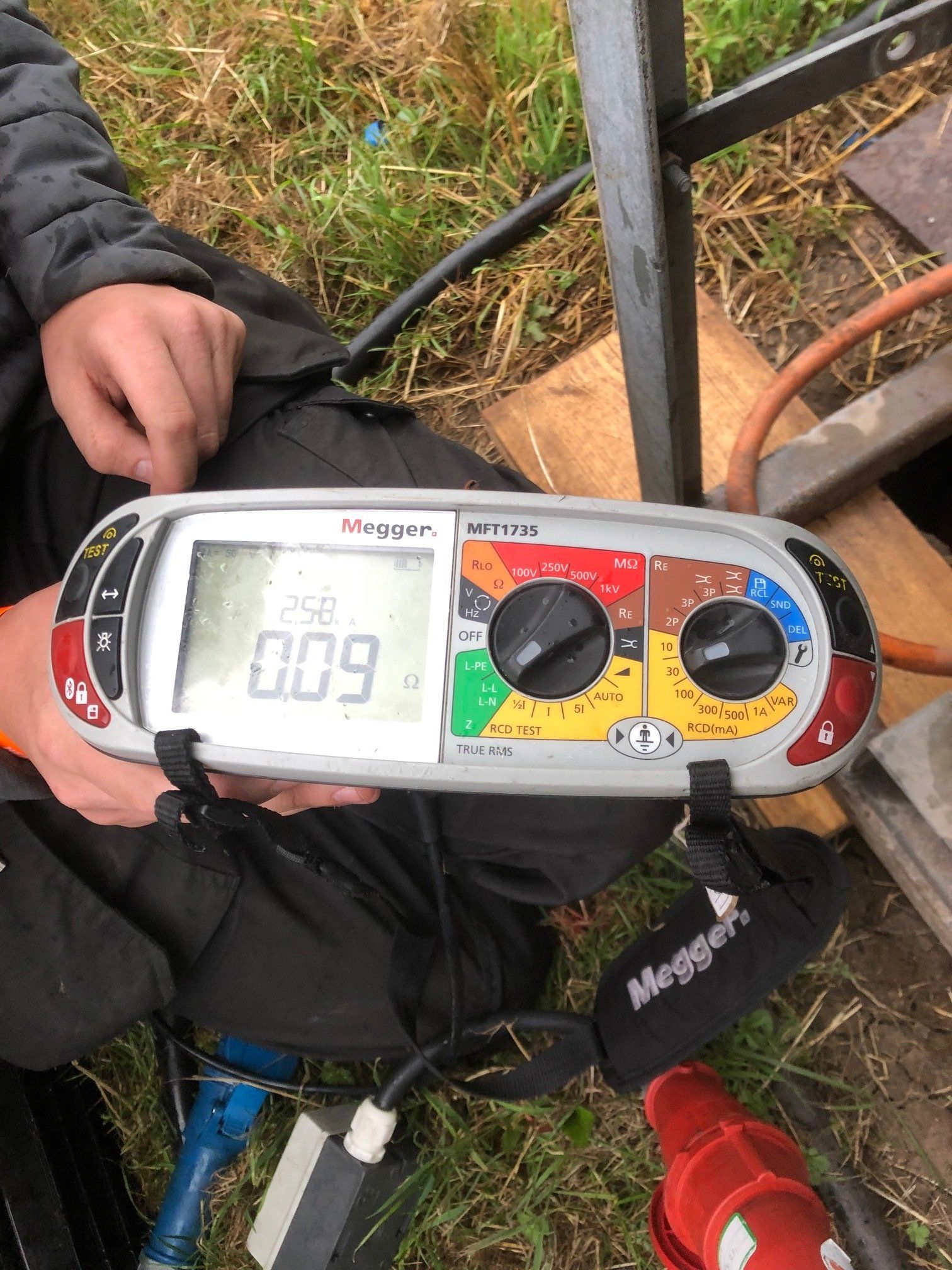

All Rights Reserved | HPES Technical Solutions Ltd.
All Rights Reserved | HPES Technical Solutions Ltd. | Privacy Policy


